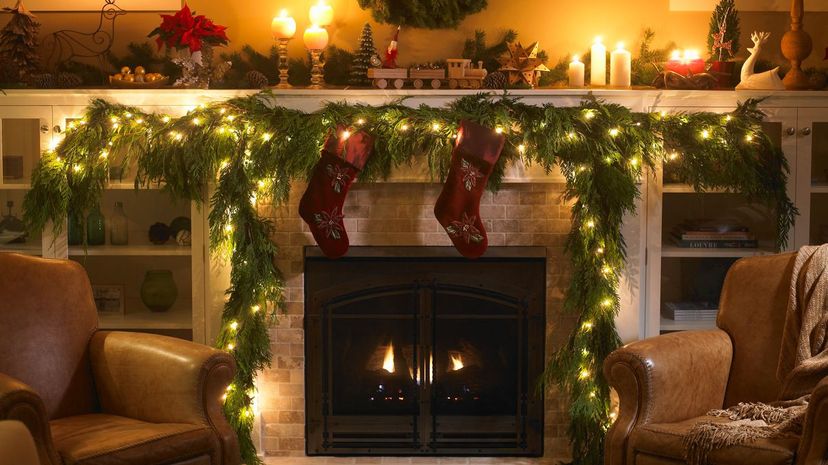
About This Quiz
When it comes to Christmas, there are two types of people: those who want to keep everything traditional and those who want to create new traditions. No matter which category you fall under, you know that Christmas is a time to fill your home with joy and wonderful smells. It's a time to look back, reminisce and avoid leaving the house when it's ridiculously cold.
For those who love celebrating Christmas traditions or creating new ones of their own, this quiz is going to show you how Christmas is celebrated all around the world. While you may recognize hints of traditions that were passed down to you over the generations, some of these activities might be completely foreign to you. But it's important to remember that Christmas has been celebrated as Jesus's birthday since the year 336. Before that, Dec. 25 and a few days around that celebrated the winter solstice, and some of those pagan traditions crossed over with Christian ones, and we created an interesting holiday that has variations celebrated across the world. The evolution of these traditions has changed the way we celebrate the holiday.Â
If you're full of cheer on Nov. 1, and can't wait to count down the 12 days of Christmas, take this quiz to see if you recognize how others celebrate the holiday. You may just find that we have more in common with other parts of the world than you think.

While it might seem odd (and a little stinky) to use shoes as a vessel for gift and candy delivery, this tradition has spread to various other parts of the world. St. Nicholas Day was an important time of year to prepare children for the ultimate Christmas.
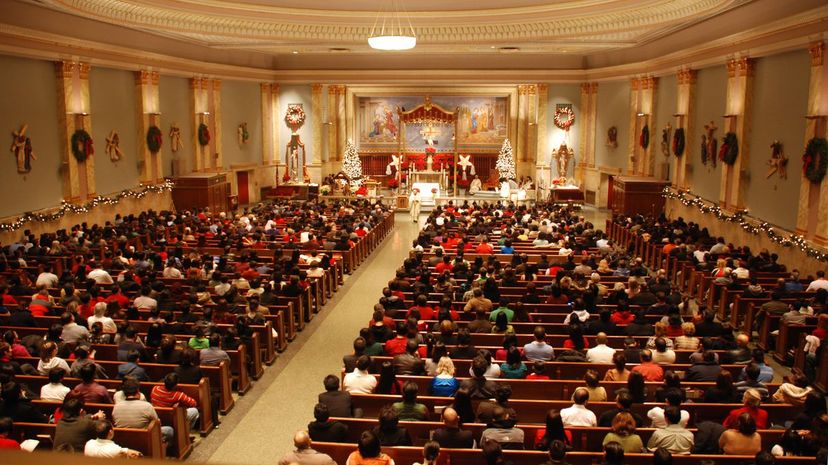
It is the midnight that connects Christmas Eve to Christmas Day. This is a special service held by a lot of Christian churches, but is considered one of the most important masses of the year by Catholics.
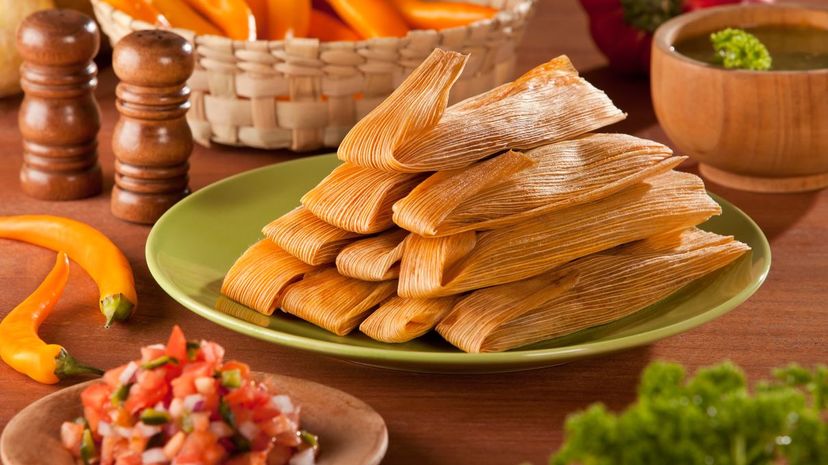
Costa Ricans have several different traditions surrounding their Christmas celebrations. These include building and decorating a nativity as a family and eating a huge feast at the end of the night.
Advertisement
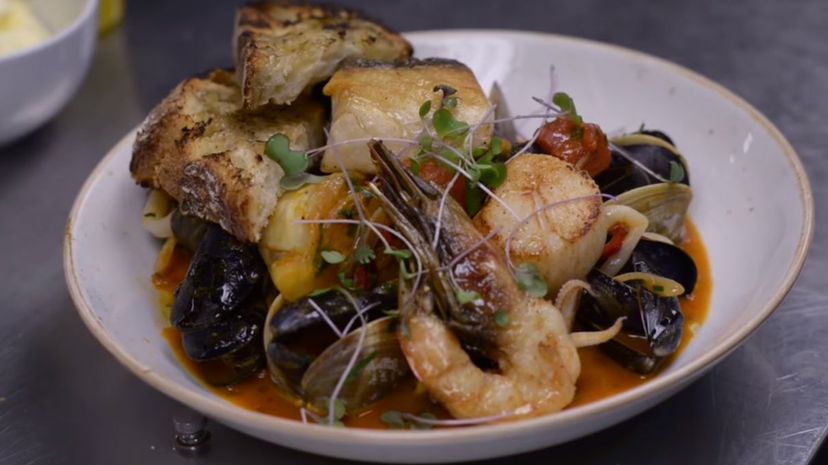
The feast of seven fishes is exactly what it sounds like. It follows the Italian Catholic tradition of eating no red meat on the eve of major religious festival days.
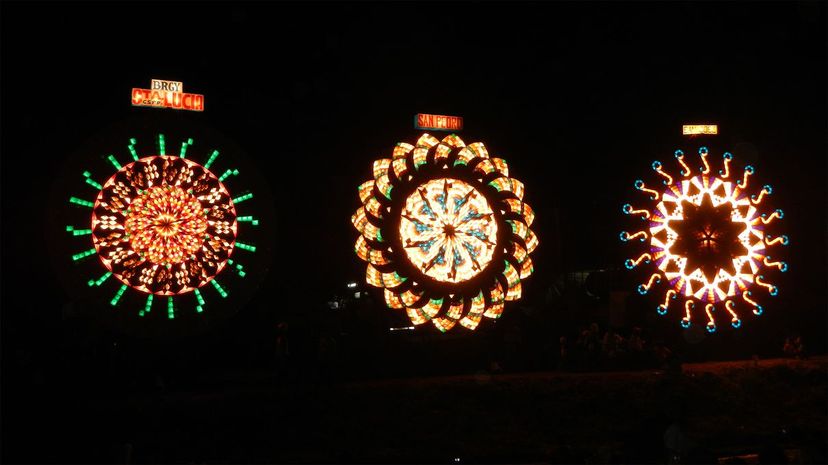
The Giant Lantern Festival is usually held in San Fernando. It is a time when thousands of lanterns are released into the sky. Each lantern represents the Star of Bethlehem. It's one of the most spectacular sights you can see around Christmas.
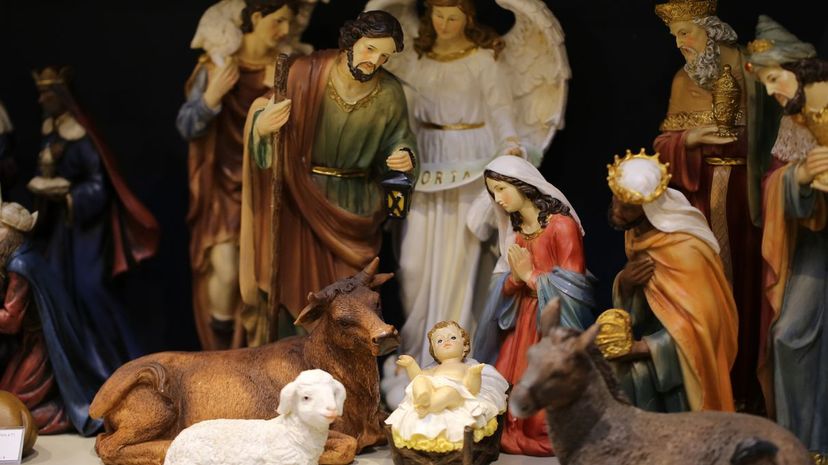
The nativity scene can be as big or as little as you want. While larger organizations and churches create a nativity scene that can even include live animals, many simply have Jesus, Mary and Joseph huddled together.
Advertisement
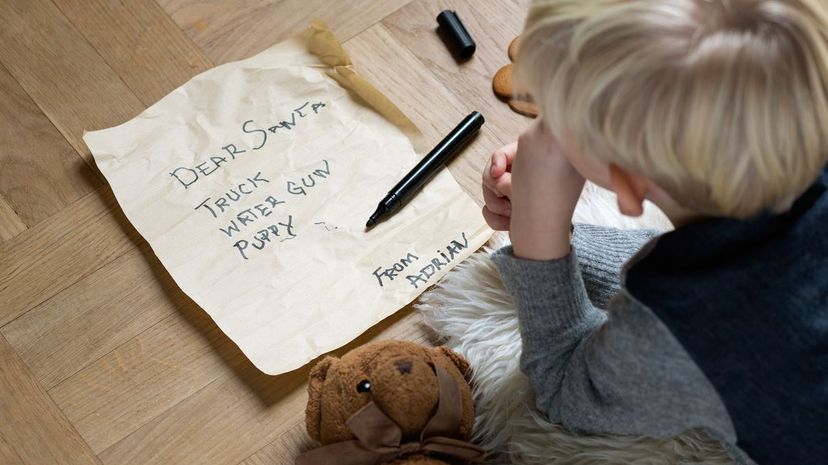
When it comes to writing wish lists for Christmas, the Germans have a special take on asking. Children are supposed to decroate the lists with special pictures for Christkind, and leave them on the window sill to ensure he receives them.
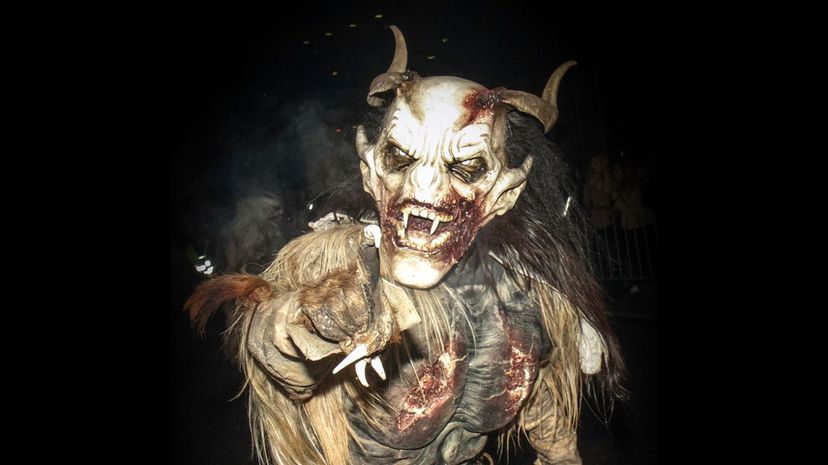
Though the majority of terrifying stories and threats have left Christmas traditions over generations, Krampus is still alive and well in most Austrian households. He's terrifying, but he gets the job done.
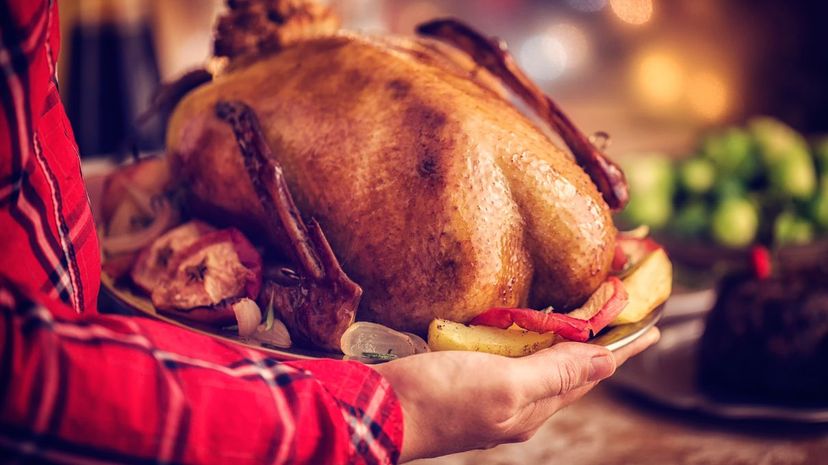
The Irish have a long-standing tradition of serving giant feasts on Christmas. A traditional Christmas feast for the Irish includes goose, potatoes, cranberries and roasted vegetables.
Advertisement

The gnomes that guard your barn are very important. To ensure they don't take the holiday off, you have to leave a bowl of porridge out for them to keep them warm and energized for a wild night.
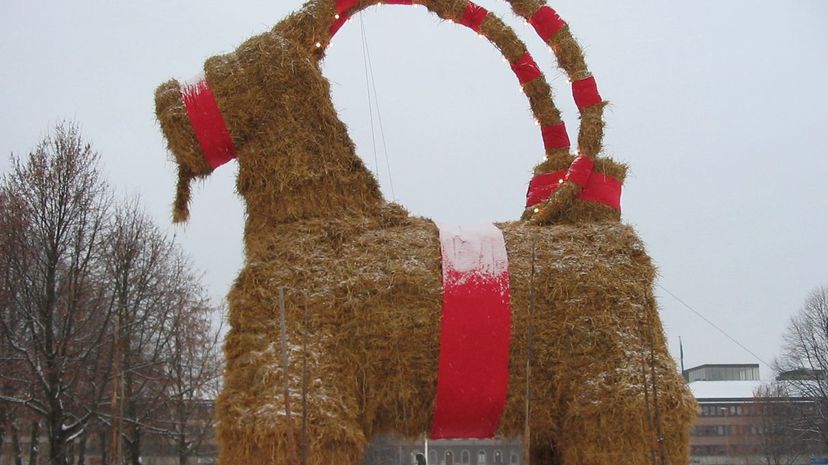
In 1966, the idea of creating a giant yule goat out of straw gained favor with Christmas crowds. However, the tradition of the Yule goat has deeper roots, dating back to the times when Sweden celebrated the pagan holidays.
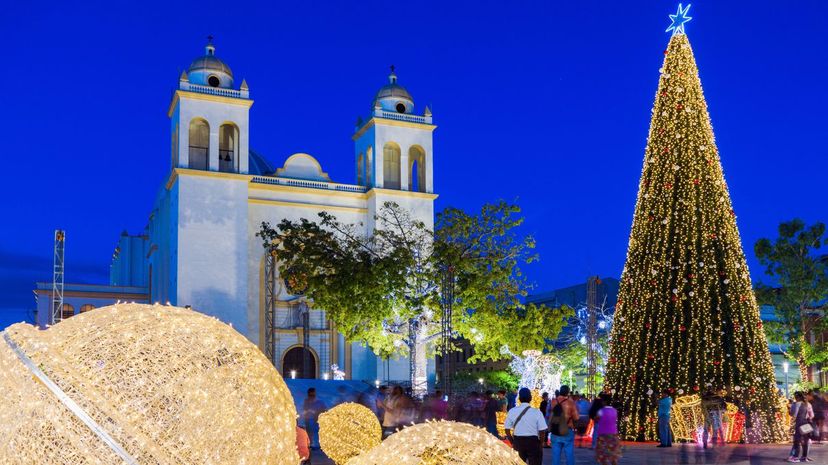
December 24th and 25th are celebrated with a lot of pomp in El Salvador. Much like the American Independence Day, El Salvadorian Christmases are filled with fireworks displays. The children even get to play with firecrackers.
Advertisement
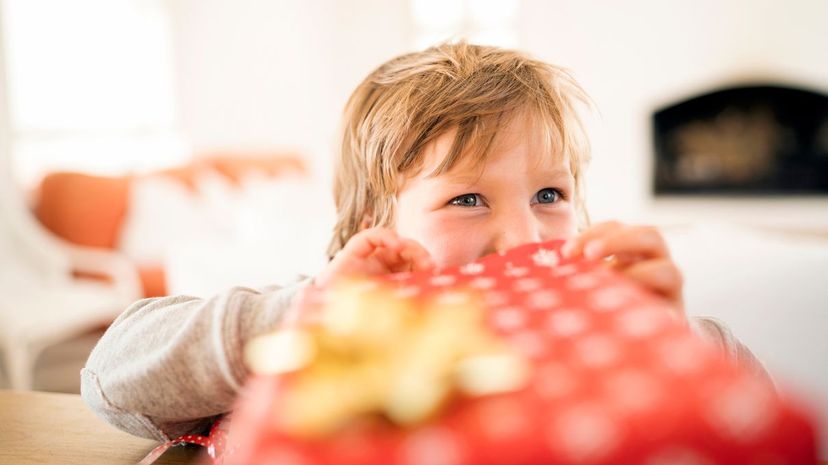
The tradition of Babouschka (or grandmother/old woman) delivering presents comes from a bible story in which an older woman didn't give anything to baby Jesus. In order to repent, she delivers gifts to all the children.

There is a myth that a witch will steal your broom on Christmas Eve to take it for a midnight joyride. You don't want anyone interrupting the reindeer while they're in the air, so it's best to hide your broom from the witches.
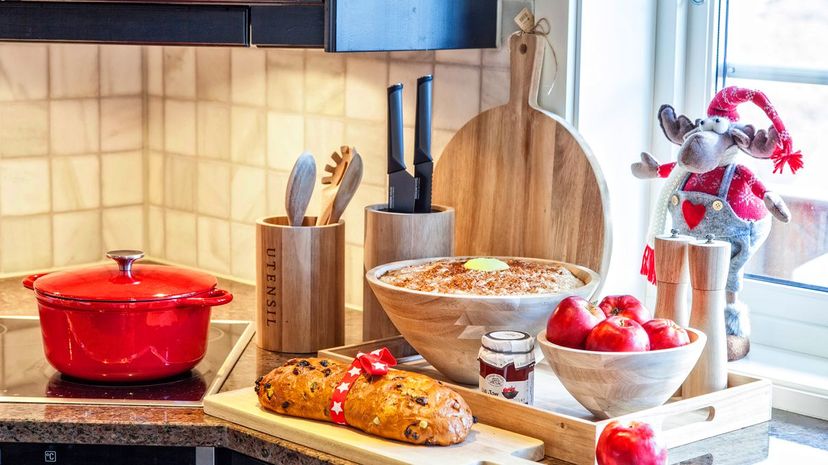
Hiding things in food has been a part of celebrations around the world for generations. If you are the lucky one who finds an almond in your porridge on Christmas morning, you are considered the winner. In ancient times, it meant the finder would be the first to get married.
Advertisement
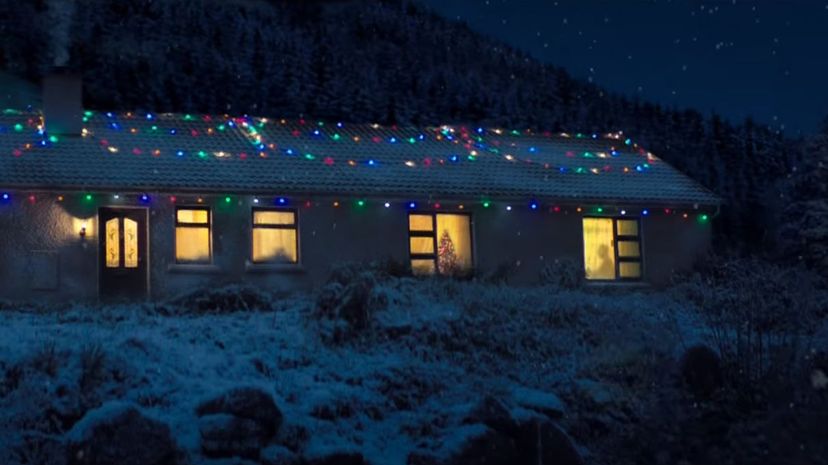
This is not a joke. Santa definitely has fun flying over Ireland, although, we aren't sure how he doesn't get super sleepy after eating such a heavy meal. It's a good thing his reindeer are flying.

The large red candle that the Irish put in their window is meant to show that Mary and Joseph are welcome in the home. It is a throwback to the birth of Jesus and the spirit of giving and welcoming during Christmastime.
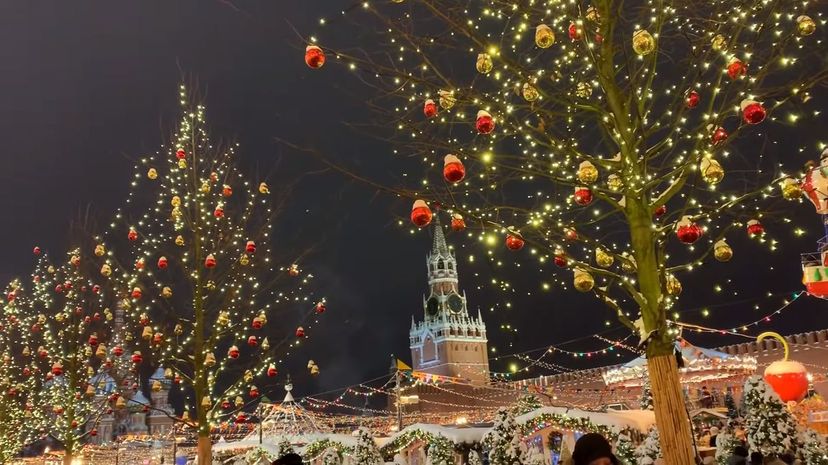
Russia, along with several Eastern European countries, celebrates Christmas on Jan. 7. This follows the tradition of the Eastern Orthodox Church, delivering gifts on Three Kings Day.
Advertisement

Junkanoo dancers perform dances based on African dances. Jamaica's Christmas celebrations also include large parades and intricate costumes to express the spirit of the season for all to see.
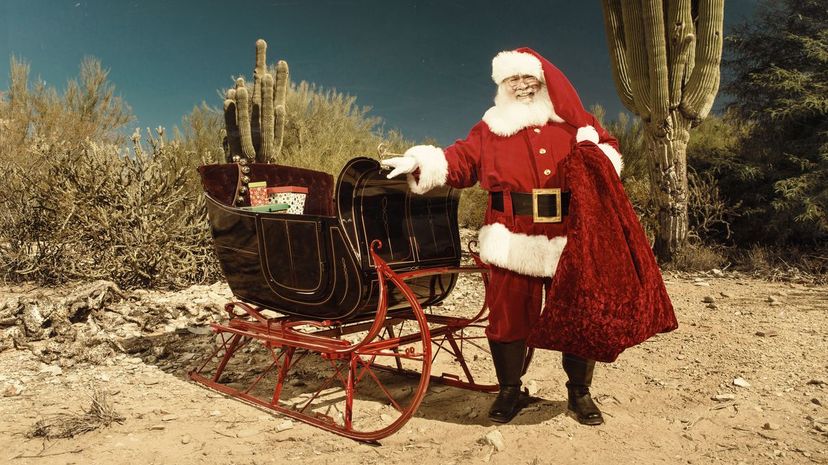
This isn't insensitive. Australians actually call Santa's kangaroos the Six White Boomers. There is even a very popular Australian Christmas song about them. Additionally, in Australia, Santa wears fewer layers. It is summertime, after all.
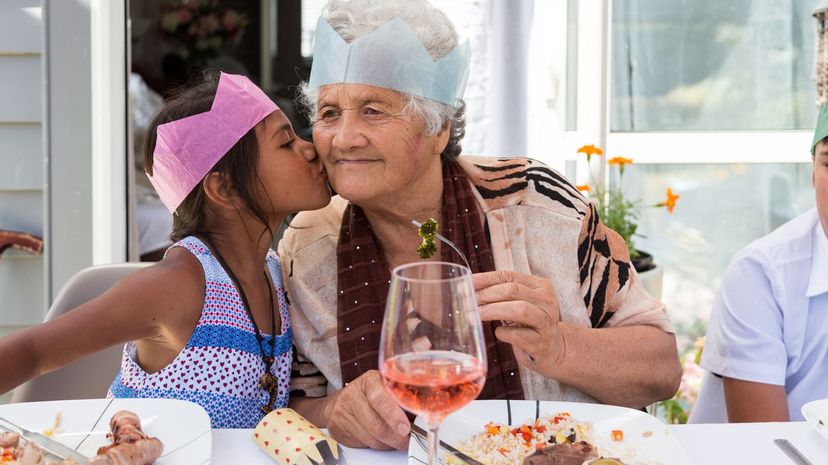
Remember that New Zealand is in the Southern Hemisphere, meaning that Christmas comes around right in the middle of the summer season. This makes it the perfect time to have friends over for a barbecue.
Advertisement
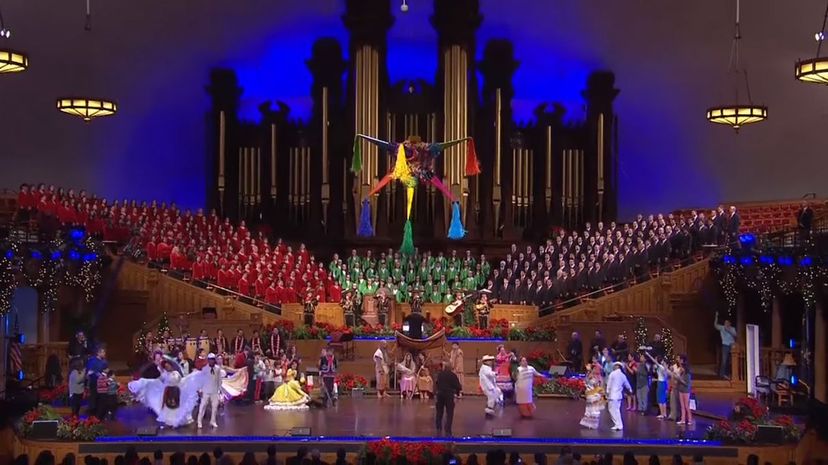
Las Posadas kicks off the Christmas festivities for Mexicans. They usually march through the streets in a re-enactment of the journey that Mary and Joseph took before Mary gave birth to Jesus.
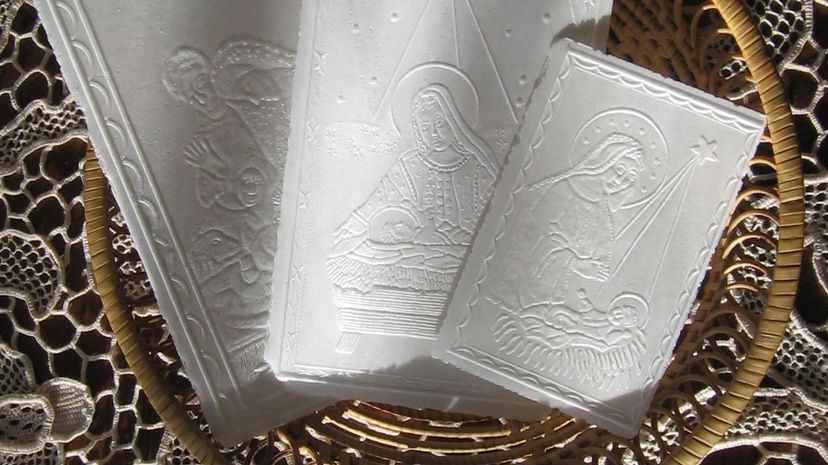
Anyone who grew up in a Polish family knows that this wafer is roughly the consistency of packing foam. It is representative of the body of Christ. You break off a piece of it and wish each other Merry Christmas.
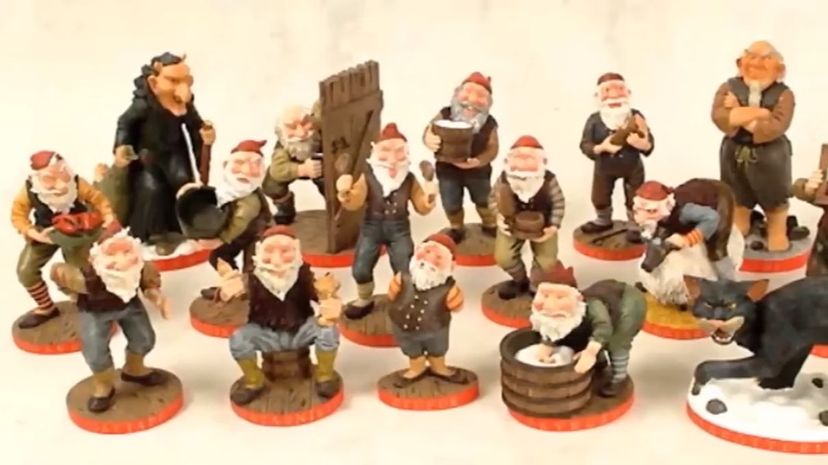
Christmas lads, or jolasveinarnir, are considered mischievous pranksters in many cultures. However, in Iceland, you receive presents from 13 of these jovial boys instead of Santa Claus.
Advertisement
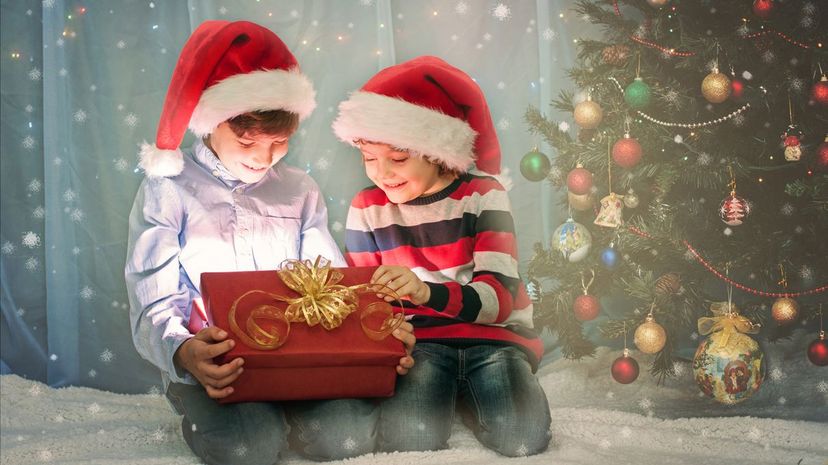
Though most of us celebrate Christmas on the 25th, in Holland things are a bit different. They give and receive presents on the Dec. 5. Additionally, Santa (Sinterklaas) only leaves treats if you leave a carrot for his horse.
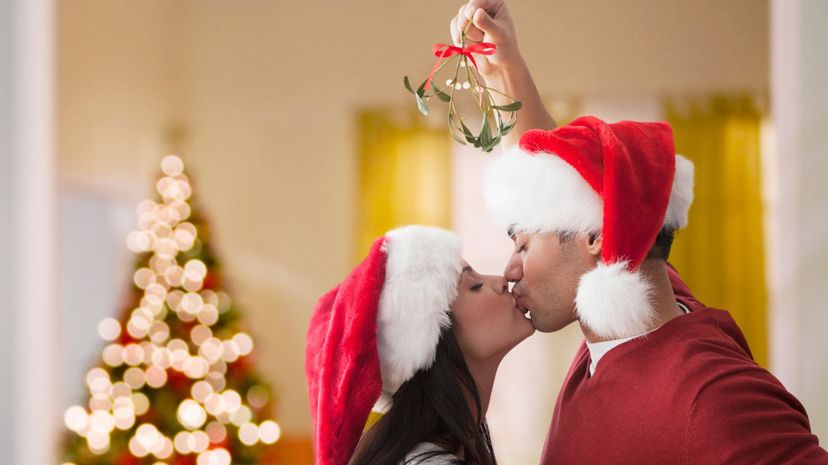
To this day, people all over the world still hang mistletoe as a decoration during Christmas. The actual tradition of kissing under the mistletoe began in Scandinavia, because mistletoe is thought to have love and healing powers. Of course, this is after mistletoe traditions were passed to the Norse, having originated in Ancient Greece.

Dating back to pagan celebrations of the winter solstice, nisser were little characters that ensured your home stayed safe during the celebration of brighter days (also known as jol). Even when Christianity was introduced to the Danes, they kept this tradition.
Advertisement
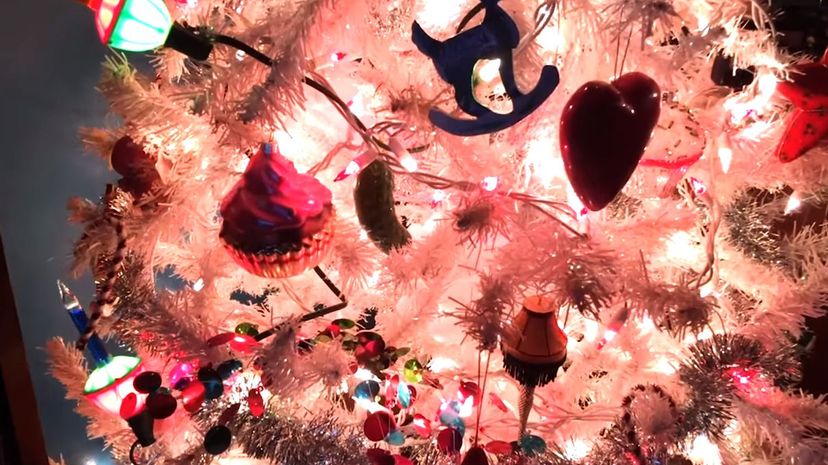
The Christmas pickle tradition is a bit of a mystery. Most people believe that it has German origins, but the most likely origins are Bavarian. No matter where the tradition started, it holds strong today, with some towns even holding Christmas pickle festivals.

While we all know the song "The 12 Days Of Christmas," many don't realize that Iceland has 13 full days of celebrations. Each night a different Christmas Lad visits and leaves a present ... but only if you leave your shoes by the window.
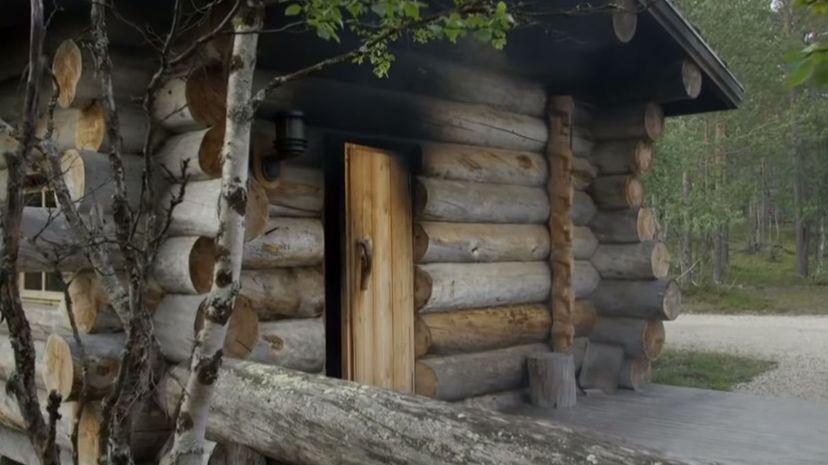
The sauna represents a cleansing of the body and mind in ancient customs. In Finland, people sit in the sauna on Christmas Eve to cleanse themselves. This tradition goes back several generations.
Advertisement
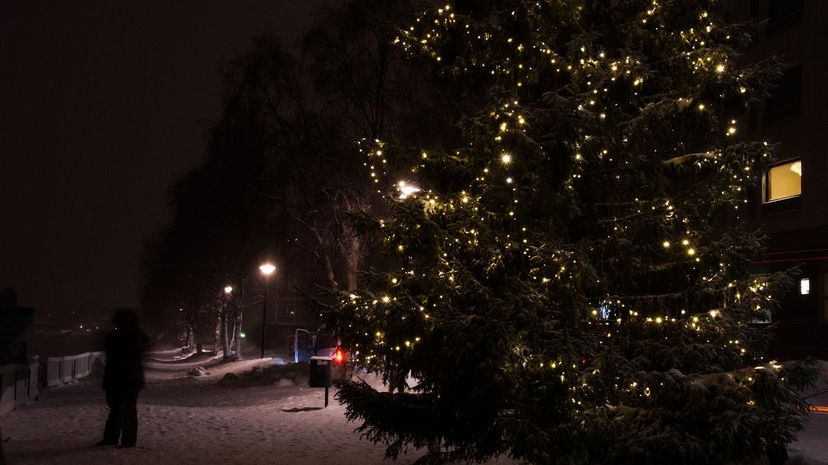
You will mostly see geometric shapes on a Finnish Christmas tree. These mobiles are made out of straw, which is an inexpensive material that is malleable, yet strong. The decorations can be intricate or simple.
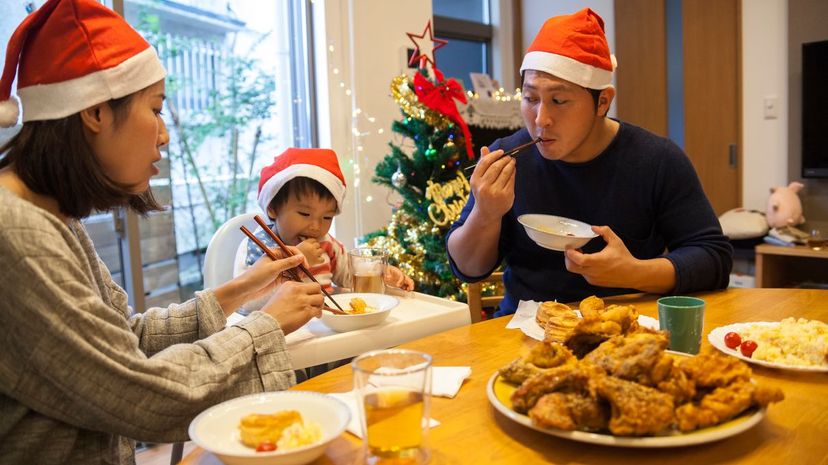
That's right, in Japan they eat fried chicken for dinner on Christmas. The custom started in 1974, when when KFC (yes, the fast food company) began a promotion to have "Kentucky for Christmas" in Japan. It's still a hit today.
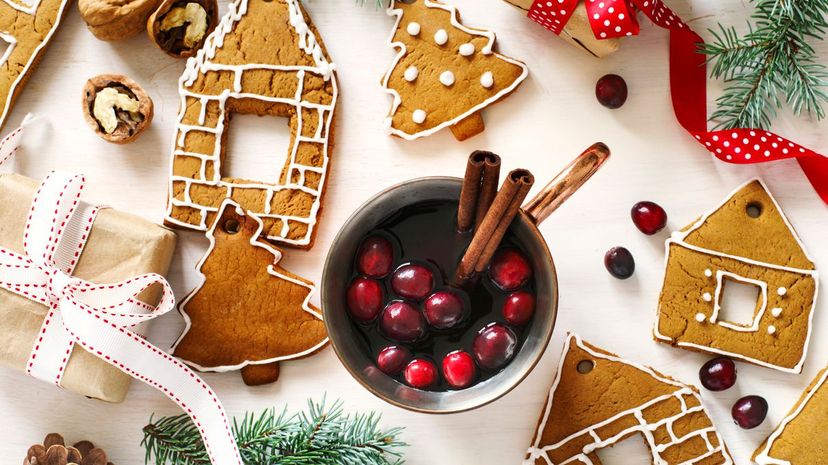
Canada has long claimed the Santa himself is originally from there. Canadians take Christmas celebrations very seriously, and when it comes to cookie baking, entire towns get involved, swap recipes and share their delicious treats with each other.
Advertisement
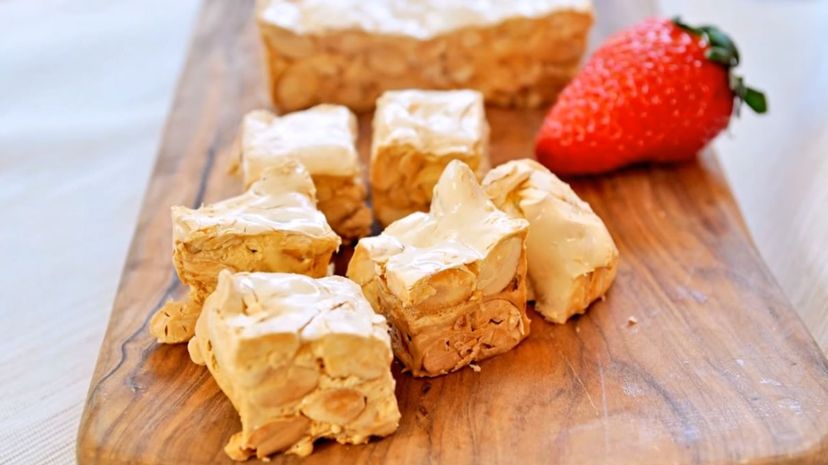
Turron is a dessert that is made with honey, sugar, almonds and egg whites. It is said that there are recipes for Turron that date all the way back to the 16th century, as this tradition has been going on for hundreds of years.
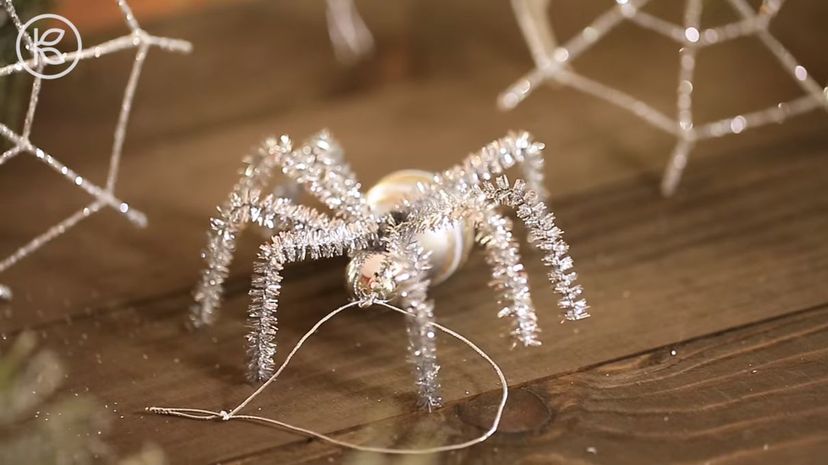
The spiderweb tradition in Ukraine comes from a Christmas story about a poor woman who didn't have enough money to decorate her Christmas tree. However, when her children woke up in the morning, the tree was covered in webs that functioned as decorations.